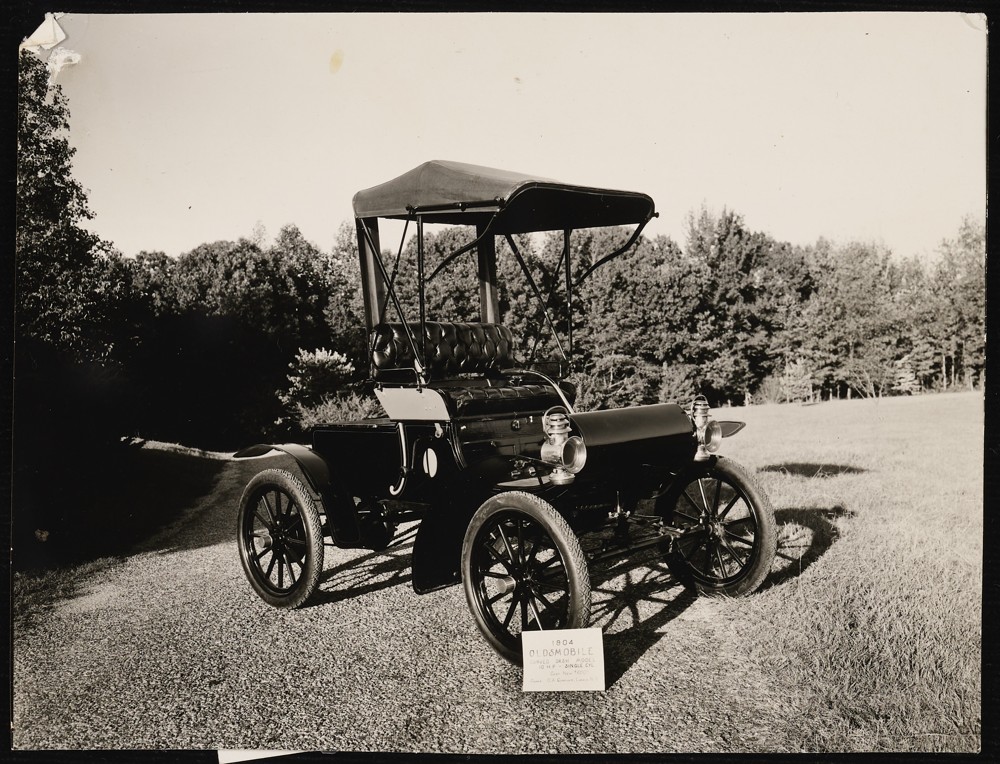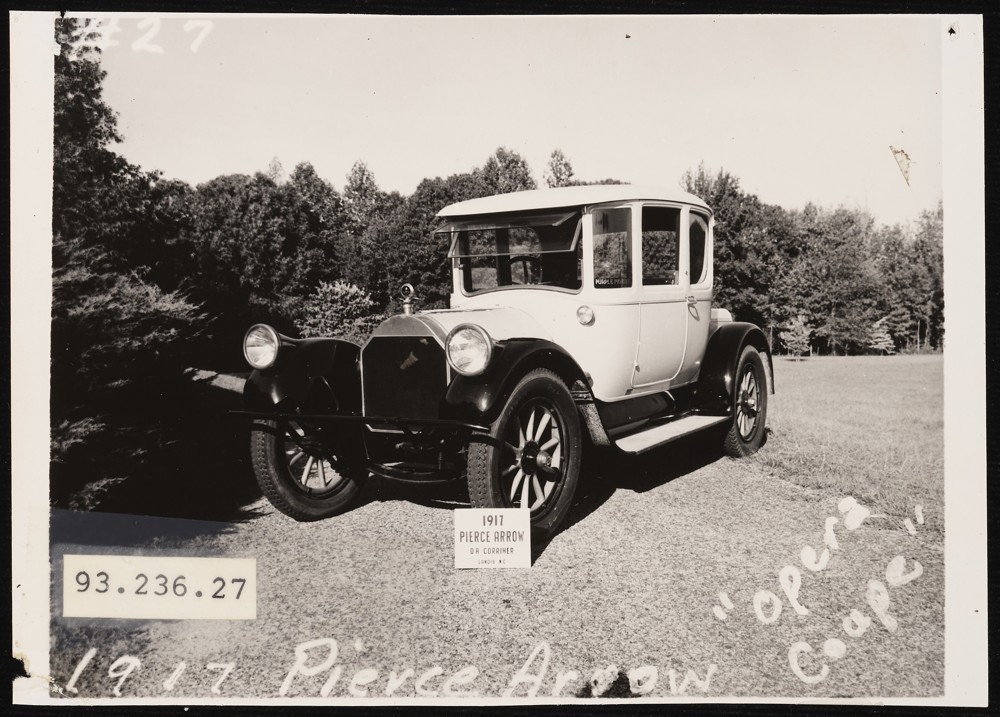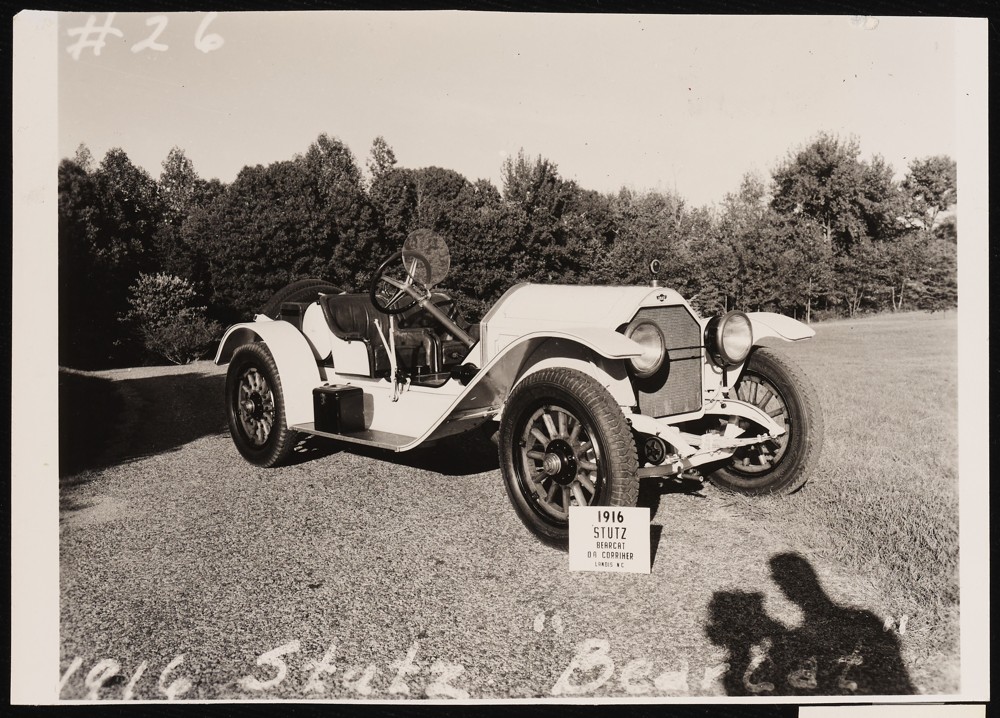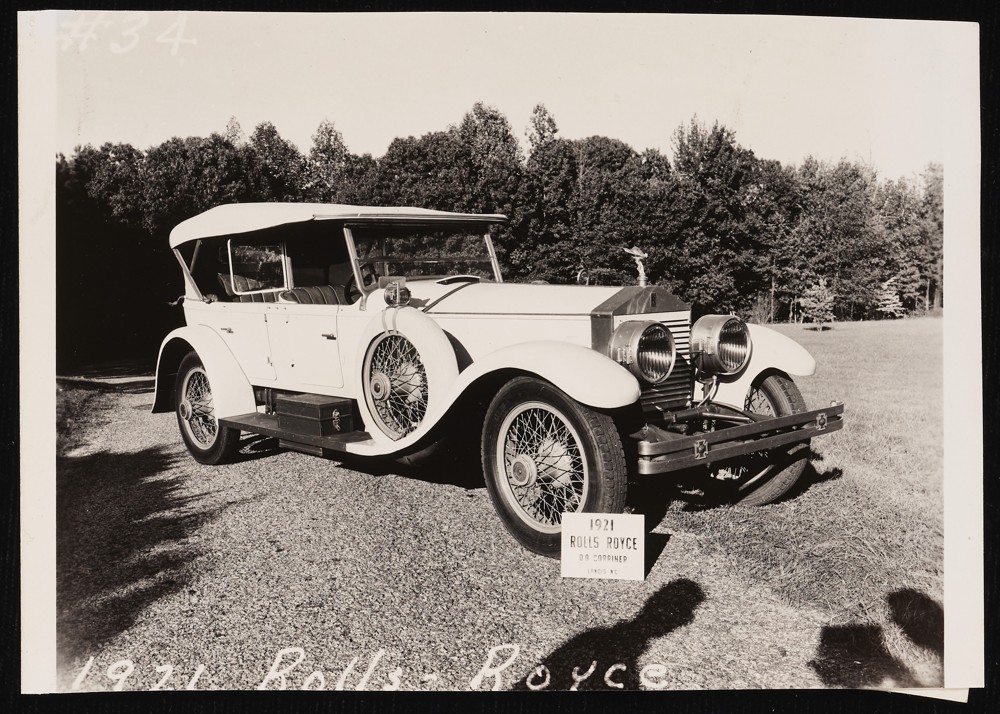Thanks to our partner, Railroad House Historical Association and Museum, three batches chock-full of materials are now available for viewing on DigitalNC. These batches include issues from three Sanford area newspapers—The Sanford News Leader, Central Carolinian, and Lee County Senior High School’s student newspaper—twelve yearbooks from Deep River High School, along with over 180 photographs, postcards, and catalogs that feature automobiles and trains.

Among these records are photographs of several automobiles, like this 1916 Stutz Bearcat, owned by O. A. [Otho Alexander, or “Ote”] Corriher. Son of Lotan Alpha Corriher—former textile industrialist, Landis Mayor, and notable patron of Catawba College—Ote became well-known in his own right in for his sense of adventure, service as one of 13 pilots in the Civil Air Patrol in Manteo, North Carolina during World War II, interest and work with planes and automobiles, and a world-class classic car collection.
After the bombing of Pearl Harbor, leveraged his piloting skills to aid in the American war effort after the bombing of Pearl Harbor, Ote applied and was accepted into the Army Air Force’s newly created Civil Air Patrol (CAP) organization. The first CAP base in Manteo patrolled the coast off the Outer Banks known as the “Torpedo Junction.” After the start of World War II, but before America’s entry, the Torpedo Junction became an extremely dangerous area for shipping. German U-Boats, unchallenged, were successfully sinking and damaging vital shipping boats. Often using their personal planes, CAP pilots would fly up and down the coast searching for the German submarines and sailors in destress. In addition, they also apparently conducted sea rescues, towed targets for military training, performed courier service, and help fight forest fires. After serving in CAP from July 1942 to March 1942, he spent three years in the Army until the end of the war.



From left to right: 1904 Oldsmobile, 1910 Mercer, 1917 Pierce Arrow Opera Coupe.
Afterwards, he reluctantly went back to his position as the treasurer for his family’s textile mill. But when Ote wasn’t working at the mill, he would build planes in his basement, convert used military planes he bought into crop dusters, and eventually, he began restoring classic cars. In 1951, Ote and five other car enthusiasts in the state founded the Horseless Carriage Club. The Club, according to an article in the August 4, 1955 issue The Pilot (Southern Pines, N.C.), was for individuals who appreciated and restored classic cars themselves using original, or parts handmade by the restorer. At the time the article was printed, Ote apparently had a collection of 24 classic cars. The six cars attributed to him in this latest batch are likely part of that group.



From left to right: 1916 Stutz Bearcat, 1918 Mercer Raceabout, 1921 Rolls Royce.
Materials and information about Ote Corriher was gathered from The Salisbury Post‘s December 2017 article linked here, Catawba College’s 1928 yearbook, and August 4, 1955 issue of The Pilot (Vass, N.C.).
To learn more about the Railroad House Historical Association and Museum, visit their website here.
To browse all 400+ materials contributed by the Railroad House Historical Association and Museum on our site, visit their contributor page here.
To view more newspapers or yearbooks from across the state, view our yearbook collection here or newspaper collection here.
